Updated Answer (10 Feb 2013)
rmarkdown package:
There is now an rmarkdown package available on github that interfaces with Pandoc.
It includes a render function. The documentation makes it pretty clear how to convert rmarkdown to pdf among a range of other formats. This includes including output formats in the rmarkdown file or running supplying an output format to the rend function. E.g.,
render("input.Rmd", "pdf_document")
Command-line:
When I run render from the command-line (e.g., using a makefile), I sometimes have issues with pandoc not being found. Presumably, it is not on the search path.
The following answer explains how to add pandoc to the R environment.
So for example, on my computer running OSX, where I have a copy of pandoc through RStudio, I can use the following:
Rscript -e "Sys.setenv(RSTUDIO_PANDOC='/Applications/RStudio.app/Contents/MacOS/pandoc');library(rmarkdown); library(utils); render('input.Rmd', 'pdf_document')"
Old Answer (circa 2012)
So, a number of people have suggested that Pandoc is the way to go. See notes below about the importance of having an up-to-date version of Pandoc.
Using Pandoc
I used the following command to convert R Markdown to HTML (i.e., a variant of this makefile), where RMDFILE is the name of the R Markdown file without the .rmd component (it also assumes that the extension is .rmd and not .Rmd).
RMDFILE=example-r-markdown
Rscript -e "require(knitr); require(markdown); knit('$RMDFILE.rmd', '$RMDFILE.md'); markdownToHTML('$RMDFILE.md', '$RMDFILE.html', options=c('use_xhml'))"
and then this command to convert to pdf
Pandoc -s example-r-markdown.html -o example-r-markdown.pdf
A few notes about this:
- I removed the reference in the example file which exports plots to imgur to host images.
- I removed a reference to an image that was hosted on imgur. Figures appear to need to be local.
- The options in the
markdownToHTML function meant that image references are to files and not to data stored in the HTML file (i.e., I removed 'base64_images' from the option list).
- The resulting output looked like this. It has clearly made a very LaTeX style document in contrast to what I get if I print the HTML file to pdf from a browser.
Getting up-to-date version of Pandoc
As mentioned by @daroczig, it's important to have an up-to-date version of Pandoc in order to output pdfs. On Ubuntu as of 15th June 2012, I was stuck with version 1.8.1 of Pandoc in the package manager, but it seems from the change log that for pdf support you need at least version 1.9+ of Pandoc.
Thus, I installed caball-install.
And then ran:
cabal update
cabal install pandoc
Pandoc was installed in ~/.cabal/bin/pandoc
Thus, when I ran pandoc it was still seeing the old version.
See here for adding to the path.
